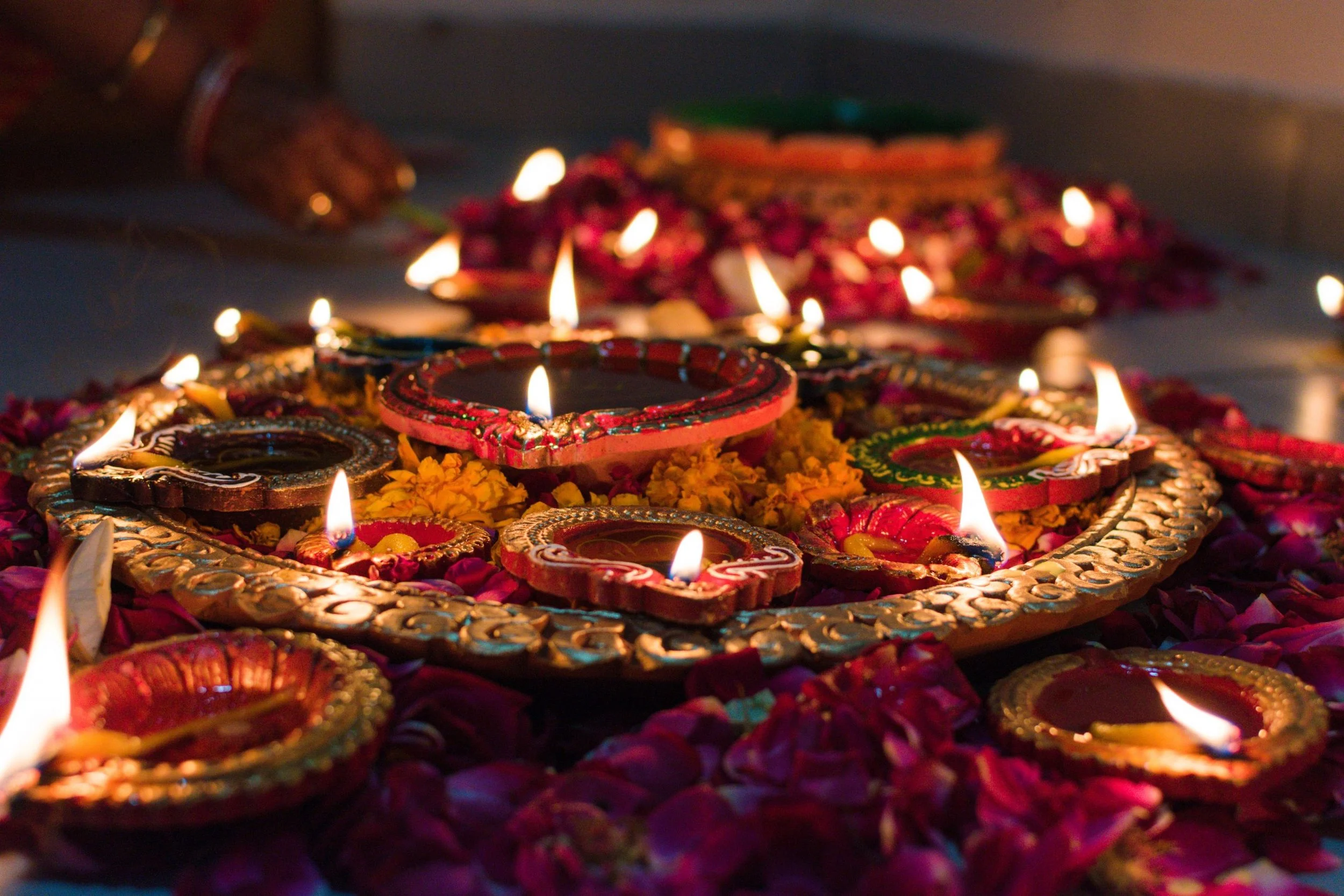Why We Celebrate Diwali: Legends From India
India is a place of many religions, cultures, and ultimately people. A very good consequence of that is an immeasurable amount of holidays. However, the only one consistently filled with memories is Diwali, commonly known in South India as Deepavali.
What we know about Diwali is that the festival of lights is celebrated over five days. The first day starts twenty days after Dussehra on the Hindu Lunisolar month of Karthika. The most common legend behind Diwali is that it is celebrated to honor the return of Lord Ram to Ayodhya, along with Lakshman and Sita from their exodus of defeating Ravana.
To welcome Lord Ram’s return, the people lit lamps all over their homes and the city was flooded with light in celebration of the victory. We now take electricity for granted, but in ancient times can you imagine what a sight it would have been to see an entire city flooded with light amidst a dark sky?
However, what we don’t know is that there are other myths providing alternate origins for why Diwali is celebrated. Be mindful of the fact that we are just accumulating hearsay, and we can in no way corroborate the stories explained below.
One of the most popular alternate theories is that Diwali celebrates Lord Krishna’s victory over Narakasura - the mythical Asura King. During this battle, Lord Krishna happened to defeat General Mura, which is where he got the title Murari, the enemy of Mura. Others add that Krishna freed 16,000 women who were enslaved by Narakasura, and to reinstate their honor, married all of them. After the battle, Krishna came home to his sister Subhadra who welcomed him with a ritual called aarthi. Some say that this is the origin of Bhai Dooj.
On the other hand, if you ask a Jain, they would tell you Diwali is the day Lord Mahavira attained Nirvana. Mahavira was the 24th and last Tirthankara, a spiritual teacher of Dharma. Another oft unspoken legend is that of King Mahabali. Many
people from Kerala celebrate Onam, the festival where King Mahabali returns from Pathalalok (A Hindu parallel to Purgatory) to visit his subjects.
The prequel to that tale, however, surprisingly coincides with Diwali. Diwali was also the day Lord Vishnu defeated King Bali. A terrifying but benevolent ruler, King Bali conquered all of Heaven, Earth, and Purgatory. The Devas, unhappy with his dominion, begged Vishnu to rescue them.
Lord Vishnu then took the form of a dwarven Brahmin called Vamana and visited the court of King Bali to ask him for three steps of land. Bali, known for his philanthropy, happily agreed. It was then that Vamana took his original form, and with two footsteps, covered everything in space.
With no space left to claim, Mahabali realized his mistakes and offered up his head for Vishnu to place his feet. Vamana placed the third step on his head, pushing him to Pathalalok. Since he was a benevolent leader, loved by everyone on Earth, Vishnu granted his wish of visiting his subjects once a year. The people in Kerala celebrate this day as Onam.
There are other less interesting accounts surrounding the origin of Diwali, but these stories should keep the kids entertained throughout the holidays! A running theme of Diwali is the classic triumph of good over evil, light winning over darkness is celebrated with lights lit up during the night.
We wish to insist that bursting crackers is not a traditional Diwali celebration and does a lot more harm than good to you, your loved ones, and your canine neighbors. Instead, spread the love by lighting diyas all over your house, sharing sweets, and going on a shopping spree. If you are traveling to visit your relatives, look up our previous post on how to travel safely during COVID. And if you are visiting someone in Chennai, our doors are wide open!


